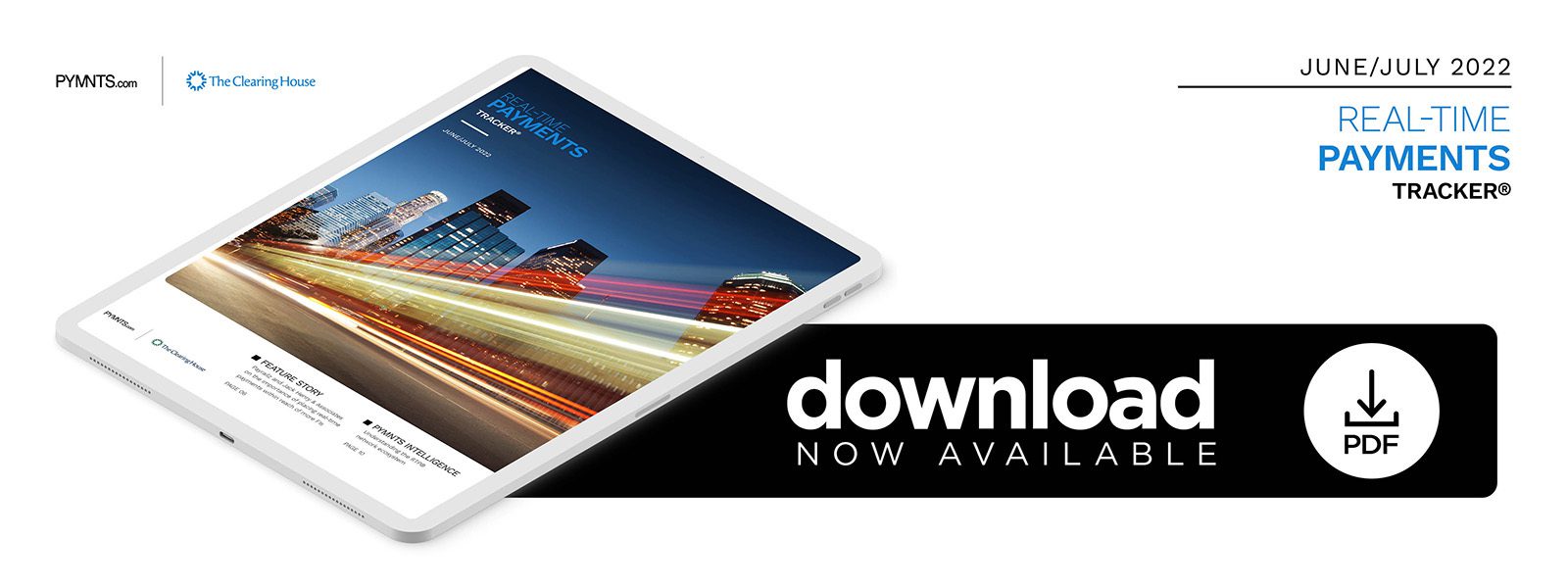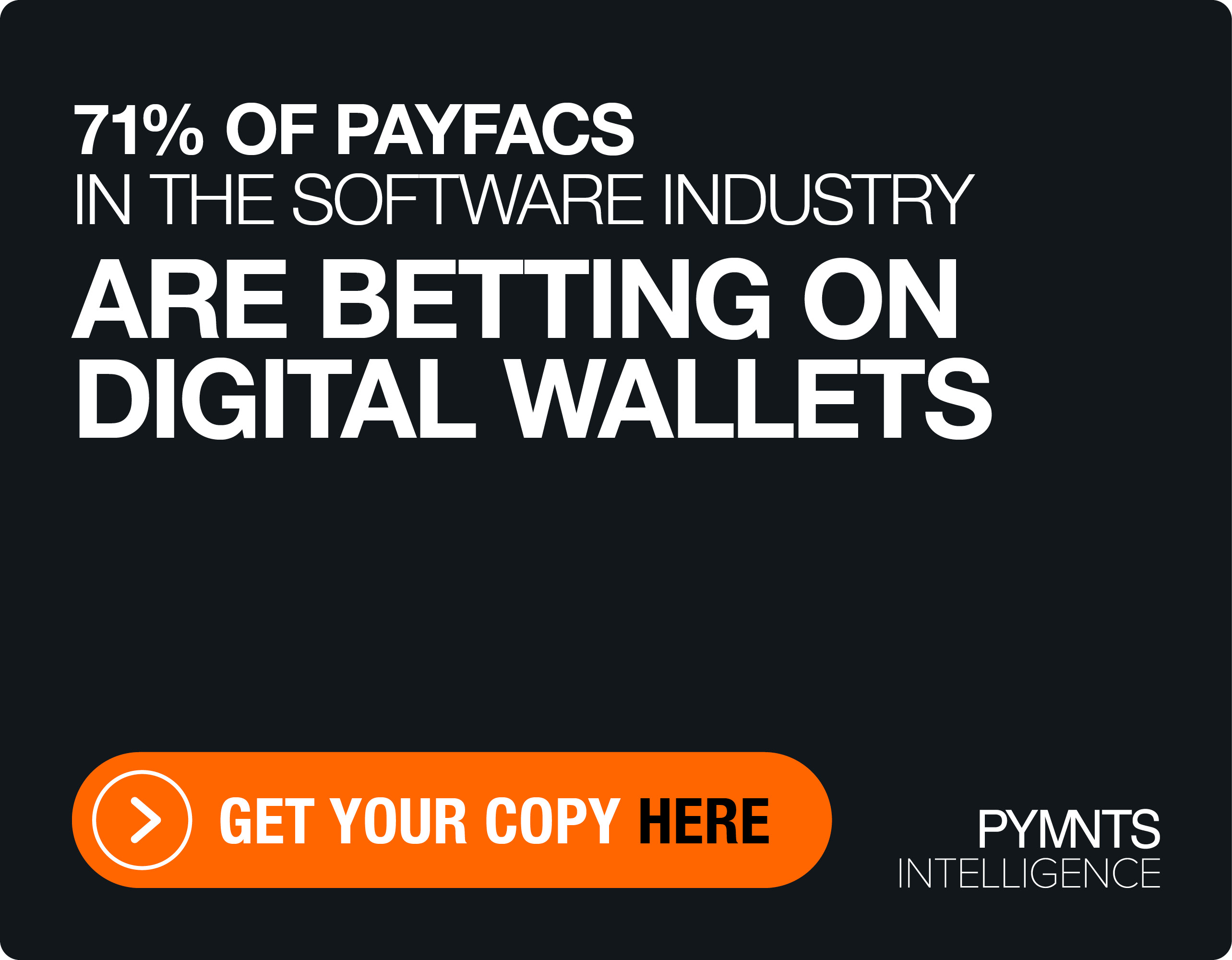Payrailz and Jack Henry & Associates on the Importance of Placing Real-Time Payments Within Reach of More FIs

For the latest edition of “The Real-Time Payments Tracker,” PYMNTS brought in executives from Payrailz and Jack Henry & Assoc. to learn how third-party organizations are enabling small and midsized FIs to offer competitive real-time payments options.
As demand grows for faster payments, FinTechs are looking to connect financial institutions (FIs) and their customers with payment options. These third-party organizations enable community banks, credit unions and other small or midsized FIs to offer competitive payment options by doing the heavy lifting in terms of technology, payment infrastructure and even liquidity management. Payrailz, which aims to help clients tap into a variety of payments rails, including the RTP® network, and Jack Henry & Associates (JHA), which leverages an in-house payment system to help FIs access the network, are two such FinTechs.
“Payrailz attracts clients by offering to let them — and their customers or members — accept or make payments in whatever way works best for them, whether that’s with real-time payments, ACH channels or other options,” said Steve Dubner, vice president of payment products for Payrailz. “However, real-time as the norm is the key driver.”
FIs and their customers want payments that settle in real time and with finality, Dubner said. In response, Payrailz has focused on real-time payments in everything from how it monitors fraud to joining the RTP network. JHA, meanwhile, has added more than 170 FIs to the RTP network to process more than $800 million in transactions.
Making Real-Time Payments Accessible
Liquidity management is essential to participation in the RTP network, Dubner said. Participants must have the funds on deposit to cover their payments over the network.
To accommodate small and midsized FIs, Payrailz has partnered with a larger FI that will act as the funding agent. Funding agents — a common feature of the RTP network — provide the prefunded balance that stays on deposit with the Federal Reserve Bank of New York in order to facilitate real-time payments. In many cases, an FI may choose a funding agent and technology provider separately. Payrailz rolls both functions into a single solution.
“We will handle all of the lift for our FIs,” Dubner said. “That’s really the major advantage to it.”
That entails more than just installing software. Payrailz handles everything from routers and servers to the software that enables the RTP network connection, according to Dubner. By working with a FinTech such as Payrailz, FIs can also gain access to services such as fraud monitoring without having to develop it themselves.
JHA’s claim to fame is that it was the first payments processor to access the RTP network, according to Tede Forman, the company’s vice president of payments solutions. The company is building on this integration by adding new services, such as embedded solutions and instant payments to ancillary products. Both of these services are centrally managed.
“By managing these integrations through JHA’s PayCenter, Jack Henry can ensure the institution retains control over limits and fraud review, as well as instant payments sent to the network on their behalf,” Forman said.
Prioritizing Fraud Prevention
By joining the RTP network, Payrailz plans to start by integrating peer-to-peer (P2P) payments into its “Pay A Person” solution. Down the road, the FinTech plans to expand its use of the RTP network into areas such as account transfers and bill pay, but Dubner said P2P made the most sense as a starting point. He said Payrailz plans to follow a similar implementation path for FedNow once that real-time payments solution is available.
Dubner said that providing P2P payment fraud prevention has been a priority for Payrailz. Consumer demand for P2P payments continues despite the fraud risk involved, so FIs must be prepared with technology that stays ahead of bad actors.
“Our [artificial intelligence] fraud monitoring detects [issues] in real time, and it mitigates the pay-a-person risk,” Dubner said. “You tie the real-time payments with the fraud monitoring in real time, and that just makes it a very, very strong product.”
While some fraud prevention mechanisms such as tokenization are built into the RTP network, participating FIs still bear responsibility for guarding against fraud. Dubner noted that P2P payments are particularly attractive to cybercriminals, and having a technology partner well-versed in fraud prevention adds value for FIs using a third-party service provider (TPSP) to participate in the RTP network.
Eliminating Touch Points
Simply offering real-time payments already helps reduce both risk and workload when compared to legacy solutions. There are no checks to get lost or interfered with, and the two-way messaging of the RTP network enables payment information to travel with the payment, such that books can be balanced and invoices cleared in a single step, without the need to marry-up information traveling through different channels.
“Any time you can eliminate the touch points, but also the turnaround time, [you eliminate] a lot of room for errors,” Dubner said. “Even lockboxes make mistakes.”
JHA has also experienced positive customer feedback from its RTP integration efforts, according to Forman. Employers in particular benefit from speedy payroll, which can drive up employee loyalty and offer a more pleasant day-to-day experience.
“We’re hearing more employers are adding payroll products that leverage the RTP network,” Forman said. “This enables employers to offer their employees quicker availability to earned wages via their trusted financial institutions. This reinforces the value of making these networks central to a financial institution’s faster payments strategy, helping them remain relevant among today’s disruptions and create stickier relationships.”
The emergence of true real-time payments has been exciting, Dubner added. While checks and other legacy payment methods will continue to persist, bringing digital transactions up to real-time speeds is the next step in payments innovation and is just as significant as the move from cash and checks to digital banking.

